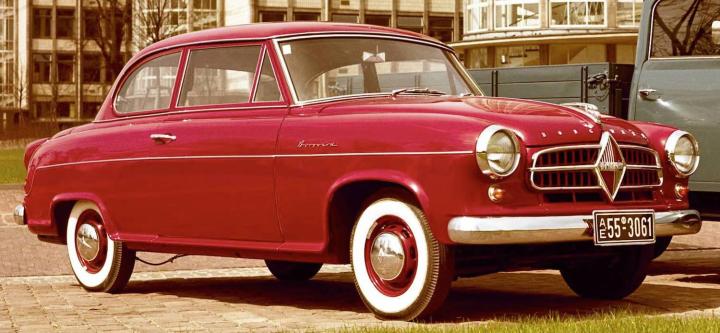

Geneva was the venue in which Borgward unveiled the Hansa 1500 back in 1949, so it makes sense that this would be the place to showcase its return as an automaker. At the front of the company’s resurrection is Christian Borgward, grandson of the automaker’s founder, who has always wanted to bring the brand back to prominence. “… We believe that, given the will to succeed, you can achieve anything. You have to set a target and pursue it with all your heart, and if you have a dream, as we do, you will fight for it. Everything is then possible,“ says Borgward.
Plans to bring the company back started more than ten years ago, as the younger Borgward and his business partner Karlheinz L. Knöss began assembling a team of engineers and designers to quietly work on the brand’s revival. The team now feels like it’s ready to move on to the next step. “I believe we are now perfectly placed to open up this new chapter in Borgward’s history”, says Knöss. “Geneva is an important step into our promising future and we cannot wait to be back there”.
What that future is has yet to even be hinted at, apart from a vehicle’s silhouette at the end of the “homecoming” video that has a very retro styled profile. While its statement says that the brand’s vision to be a “modern, profitable and world-class global car company,” it makes sense that its initial outing as a modern automaker be a throwback design with modern components, something like the British-made Eagle Speedster or even how Singer modifies classic Porsches. Whatever they have planned, we are curious to see what surprises are in store for us at Geneva.


